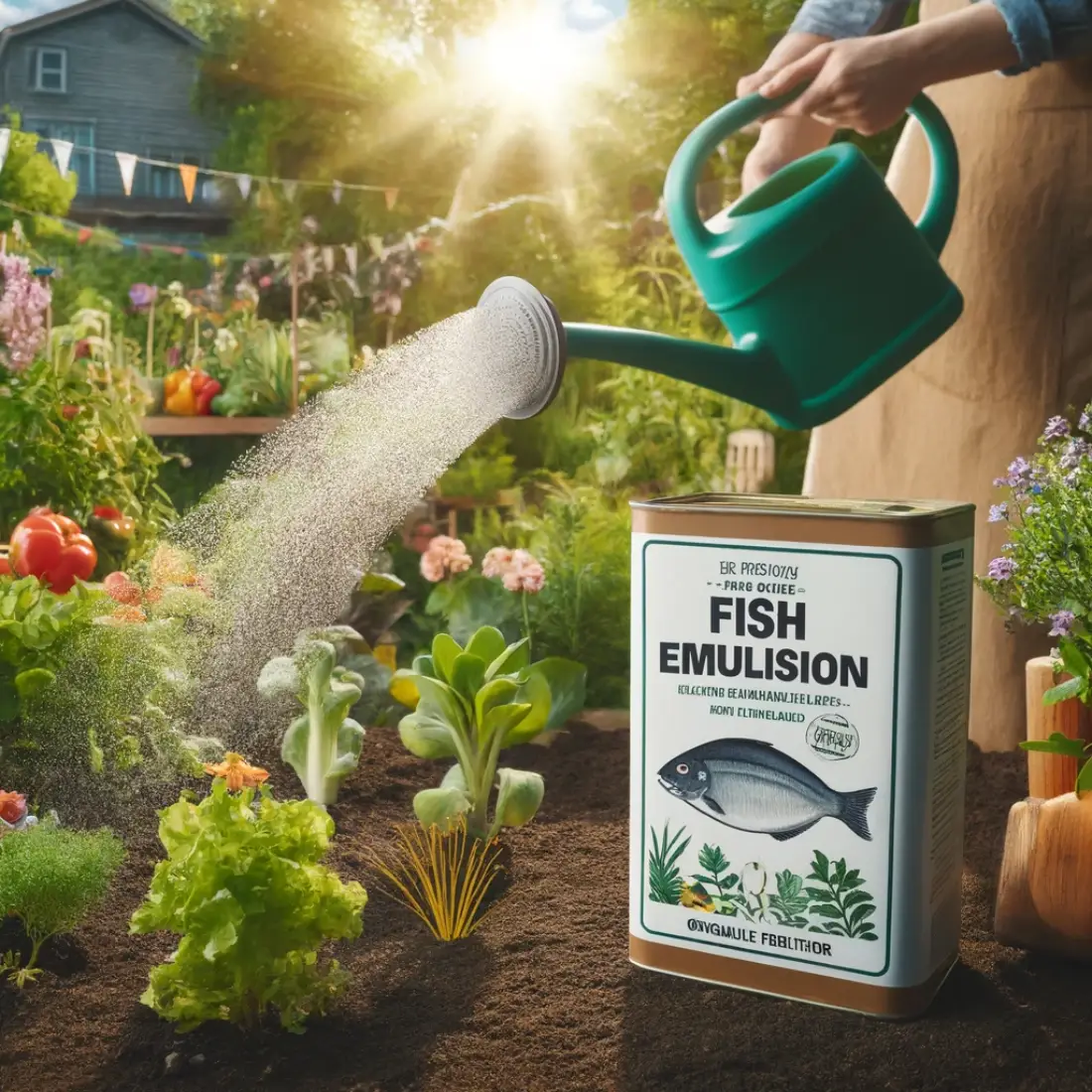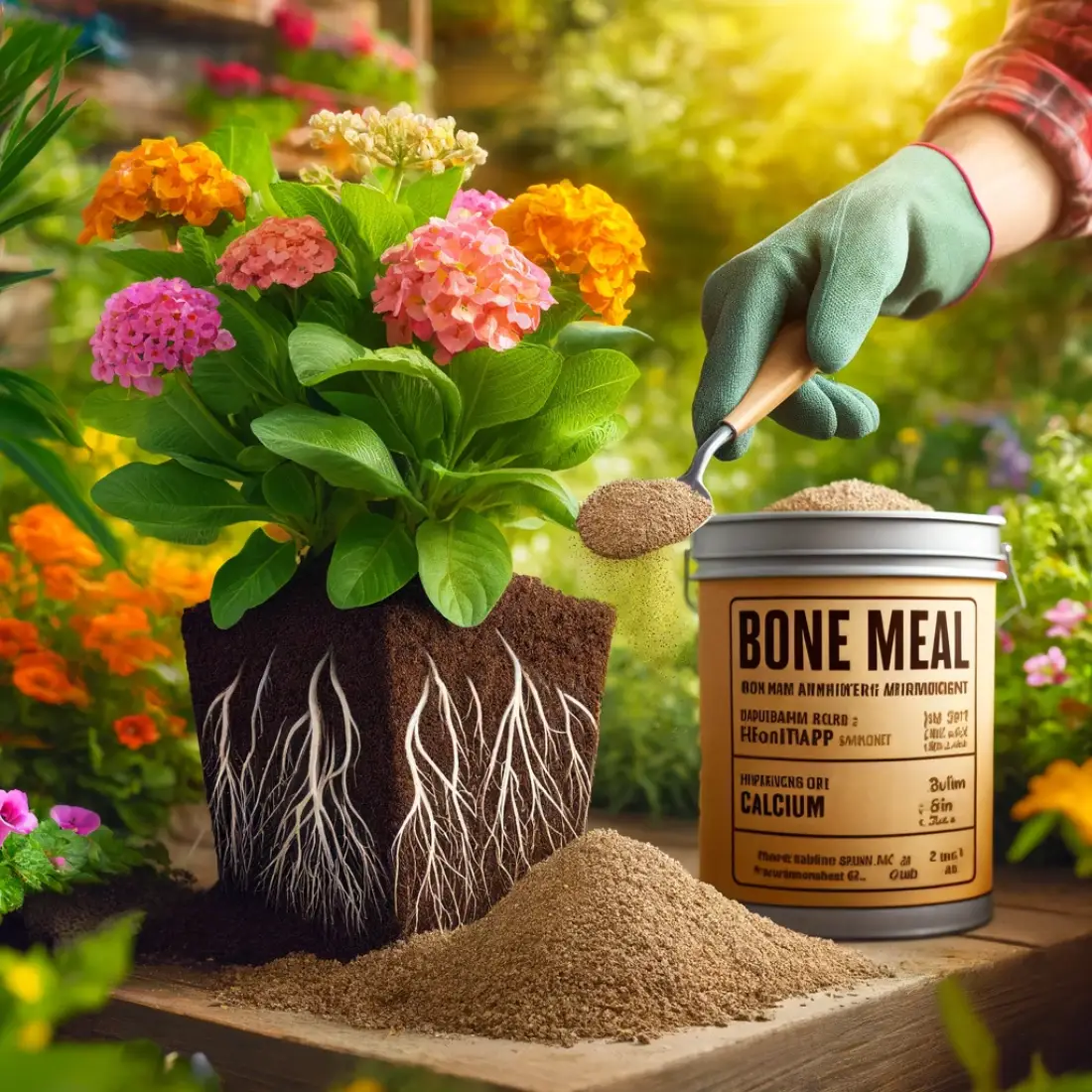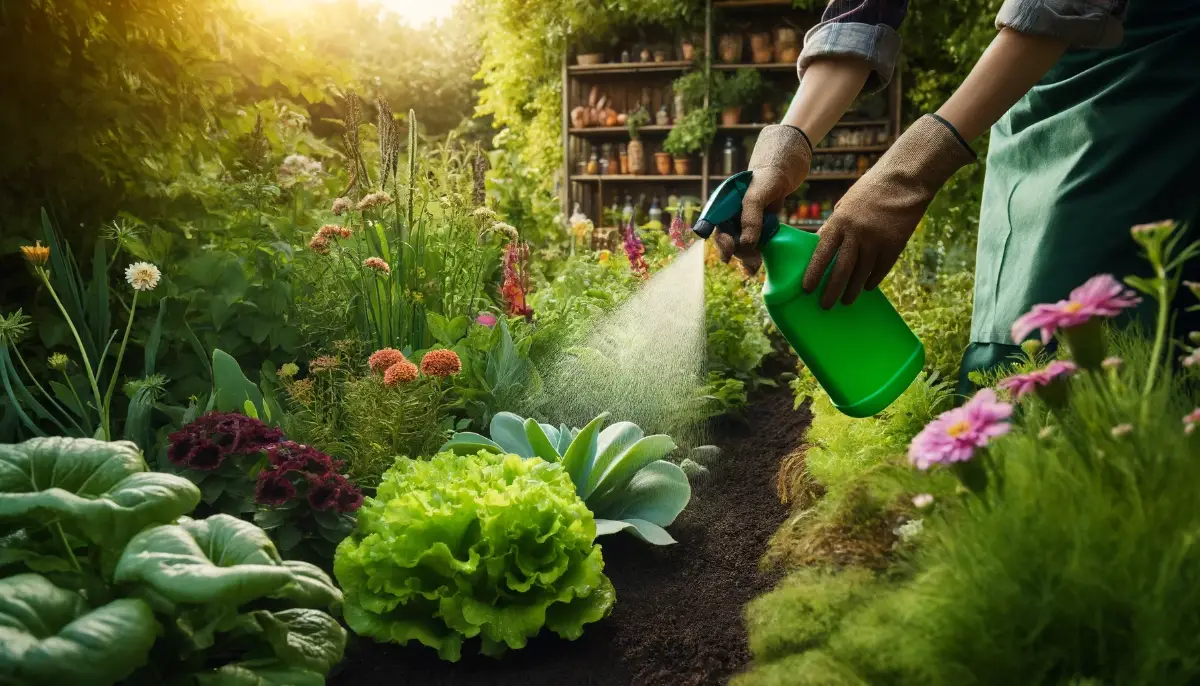Fish emulsion is a liquid fertilizer made from fish byproducts, such as fish scraps and fishmeal, that have been broken down through a natural fermentation process. Fish emulsion has been used for centuries as a natural fertilizer, prized for its nutrient-rich composition and effectiveness in promoting plant growth.
Gardeners and farmers use fish emulsion to enhance soil fertility, boost plant growth, and improve crop yields. Its organic nature makes it an environmentally friendly alternative to synthetic fertilizers, reducing chemical runoff and supporting sustainable gardening practices.
Benefits of Fish Emulsion
Rich Source of Nutrients
- Nitrogen, phosphorus, potassium (N-P-K)
- Essential macronutrients for plant growth and development.
- Trace minerals: Calcium, magnesium, sulfur, and others contribute to overall plant health and vitality.
Natural Soil Amendment
- Improves soil structure: Fish emulsion helps loosen compacted soil, enhancing root penetration and water retention.
- Enhances soil fertility: Nutrients in fish emulsion nourish beneficial soil microbes, promoting a healthy soil ecosystem.
- Safe for Plants and Environment
Non-toxic
- Unlike synthetic fertilizers, fish emulsion is derived from organic materials and poses no harm to plants, animals, or humans.
- Environmentally friendly: By utilizing renewable resources and reducing chemical runoff, fish emulsion supports sustainable gardening practices.
How to Use Fish Emulsion in the Garden
Preparation and Dilution
- Recommended Dilution Ratios: Fish emulsion should be diluted before use. A common ratio is 1-2 tablespoons of fish emulsion per gallon of water. This ensures that the nutrients are delivered at a manageable concentration for plants.
- Mixing Instructions: To prepare the solution, measure the fish emulsion and add it to a container of water. Stir well to ensure that the emulsion is evenly distributed throughout the water.
Application Methods
Foliar Feeding
- Spraying on Leaves: Apply the diluted fish emulsion directly to the leaves of plants using a spray bottle or garden sprayer. This method allows for quick nutrient uptake through the foliage.
- Frequency and Timing: Foliar feeding can be done every 2-3 weeks during the growing season. It’s best to spray in the early morning or late afternoon to avoid leaf burn from the sun.
Soil Drenching
- Watering Directly into the Soil: Pour the diluted fish emulsion solution around the base of the plants, ensuring it soaks into the soil. This method delivers nutrients directly to the root zone.
- Benefits of Soil Application: Soil drenching is effective for improving soil fertility and providing a steady supply of nutrients to the plant roots.
Specific Use Cases
Seedlings and Transplants
- Boosting Early Growth: Use a more diluted solution (e.g., 1 tablespoon per gallon of water) for young seedlings and transplants to avoid over-fertilization.
- Dilution Specifics for Young Plants: Apply the solution at the base of the seedlings or transplants once every 2 weeks to encourage strong root development and early growth.
Established Plants
- Regular Maintenance Feeding: For mature plants, use the standard dilution (1-2 tablespoons per gallon) and apply every 3-4 weeks throughout the growing season.
- Adjusting Application Frequency: Monitor plant health and growth, and adjust the frequency of applications based on the specific needs of your plants.
Container Plants
- Importance of Balanced Feeding in Limited Soil: Container plants can quickly deplete nutrients in the confined soil. Regular feeding with fish emulsion helps maintain nutrient levels.
- Tips for Avoiding Over-Fertilization: Be cautious with container plants as they can be more sensitive to over-fertilization. Use a slightly more diluted solution and apply every 3-4 weeks.
Best Practices and Tips
Timing of Application
- Seasonal Considerations: Apply fish emulsion in the spring to promote early growth and continue through the summer and fall as needed. Reduce applications in late fall and winter when plant growth slows.
- Optimal Time of Day: Apply in the early morning or late afternoon to avoid the hottest part of the day and reduce the risk of leaf burn.
Avoiding Overuse
- Signs of Over-Fertilization: Watch for signs such as yellowing leaves, leaf burn, or stunted growth, which can indicate over-fertilization.
- Balancing with Other Fertilizers: Fish emulsion can be used alongside other organic fertilizers, but balance is key. Avoid using it excessively in combination with other high-nitrogen fertilizers.
Safety and Storage
- Proper Handling and Storage Instructions: Store fish emulsion in a cool, dark place. Seal the container tightly to prevent spills and odors.
- Ensuring Safe Use Around Pets and Children: Keep fish emulsion out of reach of pets and children. Always wash your hands after handling the product.
Potential Drawbacks and Considerations
Odor Issues
Managing the Smell of Fish Emulsion: One of the most common complaints about fish emulsion is its strong odor, which can be unpleasant. To manage this, apply fish emulsion on days when you can leave your garden undisturbed, allowing the smell to dissipate.
Tips for Minimizing Odor During Application: Mix the emulsion outdoors and apply it in well-ventilated areas. Some gardeners add a few drops of essential oil (like lavender or eucalyptus) to the solution to mask the smell.
Possible Attraction of Pests
Recognizing and Mitigating Potential Pest Issues: The fishy odor can attract animals such as raccoons, dogs, and cats, which may dig up treated areas. To mitigate this, apply the emulsion in the evening when these animals are less active and lightly water the soil to help mask the scent.
Combining with Other Pest Control Methods: Use fish emulsion in combination with natural pest deterrents, such as planting pest-repellent plants or using physical barriers like fencing to protect your garden.
Compatibility with Other Garden Products
Understanding Interactions with Other Fertilizers and Soil Amendments: Fish emulsion can be safely combined with other organic fertilizers and soil amendments, but it’s essential to avoid over-fertilization. Check the nutrient content of other products to ensure balanced nutrition for your plants.
Testing on a Small Area Before Widespread Application: Before applying fish emulsion extensively, test it on a small section of your garden to observe how plants respond. This can help you adjust the dilution and application frequency as needed.
FAQs about Fish Emulsion
What is fish emulsion?
Fish emulsion is a type of organic fertilizer made from the byproducts of fish, such as fish parts, bones, and offal. It is processed into a concentrated liquid form that is rich in nutrients, especially nitrogen, and is used to promote plant growth and soil health.
What are the benefits of using fish emulsion in the garden?
Fish emulsion provides essential nutrients like nitrogen, phosphorus, and potassium, along with micronutrients that improve soil health, promote lush foliage, and enhance flowering and fruiting. It also supports beneficial soil microbes and is environmentally friendly.
How do I prepare fish emulsion for use?
To prepare fish emulsion, dilute it with water according to the recommended ratio, typically 1-2 tablespoons per gallon of water. Stir well to ensure the emulsion is evenly mixed with the water before applying it to your plants.
How often should I apply fish emulsion to my garden?
For most plants, fish emulsion can be applied every 3-4 weeks during the growing season. For seedlings and young plants, a more diluted solution can be used every 2 weeks. Adjust the frequency based on the specific needs of your plants.
Can I use fish emulsion on all types of plants?
Yes, fish emulsion is suitable for a wide range of plants, including vegetables, herbs, flowers, shrubs, and trees. It is particularly beneficial for leafy greens and plants that require high nitrogen levels.
Is fish emulsion safe to use around pets and children?
Fish emulsion is generally safe, but it should be stored out of reach of pets and children. Ensure that you wash your hands after handling the product, and avoid applying it in areas where pets and children play immediately after application.
Does fish emulsion have any unpleasant odors?
Yes, fish emulsion has a strong fishy odor that some people find unpleasant. To minimize the smell, apply it in well-ventilated areas and consider adding a few drops of essential oil to the solution. Applying it in the evening can also help manage the odor.
Can fish emulsion attract pests to my garden?
The odor of fish emulsion can attract animals like raccoons, dogs, and cats. To reduce this risk, apply it in the evening and lightly water the soil to help mask the scent. Using physical barriers or deterrent plants can also help protect your garden.
Is fish emulsion compatible with other fertilizers?
Fish emulsion can be used alongside other organic fertilizers and soil amendments. However, be cautious of over-fertilization. It’s best to check the nutrient content of all products you’re using and test fish emulsion on a small area first to monitor plant response.
How should I store fish emulsion?
Store fish emulsion in a cool, dark place with the container tightly sealed to prevent spills and odors. Proper storage will help maintain its effectiveness and prevent it from attracting pests or degrading over time.









